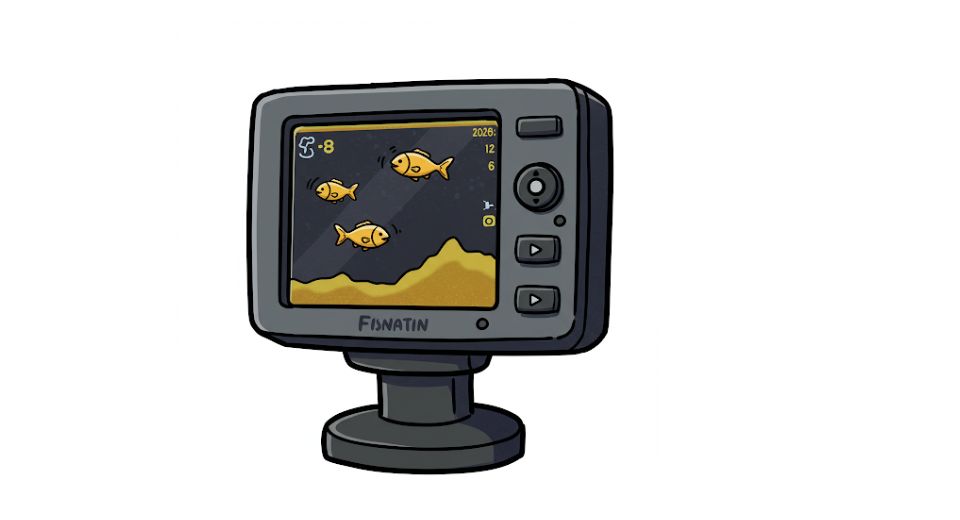
Apr 14, 2025

The recently launched report from Metastat Insight presents a detailed view of the Global Fish Finder market, moving beyond surface-level commentary. Such a vast scope contributes to an understanding of how this niche but powerful market continues to influence aquatic navigation and fishing technologies around many regions of the world. Fish finders are no longer merely an instrument; they have evolved into sophisticated devices that blend marine science with digital innovation. They are gradually becoming embedded within the larger fabric of global marine activity-consumer applications and deep-sea commercial endeavors alike.
Global Fish Finders market is estimated to reach $735.15 million in 2025 with a CAGR of 6.9% from 2025 to 2032.
Sonar and GPS technologies have activated an intelligent fishing approach with fish finders. This has enabled not only the aid of professional fishermen but also the advent of new possibilities for recreational fishers and weekend enthusiasts. Increasingly with smart features, connectivity, and real-time data feedback, these devices are becoming vital for an increasing number of end users, and with improved display resolution and user interface advancements, these gadgets are found quite intuitive even by tech-illiterate users. This slow growth in interest and accessibility signals a huge shift in the understanding and navigation of aquatic environments.
The Global Fish Finders market arises with a rather remarkable precision from the interplay of consumer behavior, innovation, and regional adaptation. In North America and Europe, where recreational fishing holds cultural and economic weight, demand emanates for user-friendly and multi-functional devices. Meanwhile, in pockets of Asia and Africa, the emphasis in application has shifted more toward commercial fishing, with reliability and durability being the priority. These regional preferences, however, leave a substantive influence on the product development cycle, forcing manufacturers to pack diverse features in tough technology. It goes beyond merely serving demand to shaping the direction of changing user expectations.
Another noteworthy observation is the participation of startups and mid-sized firms entering the trade. Such an entry allows large corporations to polish their offerings to remain relevant in this rapidly changing space. The smaller firms are more prone to experimentation with novel functionalities such as AI-based interpretation of sonar readings and cloud-based sharing of data. They might not always sell the most, but they are the ones to redefine the sector along technological lines. The push-pull created by this whole game turns out to be a boon for an upgradation cycle benefitting end users across the board.
Like other aspects of the global fish finders market, supply chains and manufacturing logistics are part of the larger picture. And just as for other such markets, changes in availability of the components, international trade conditions, and shipping routes will end up affecting the global fish finders market. Any of them would lead to momentary effects on the output and pricing strategies of the companies involved. Many of the companies, however, are quite agile; they will change to regional manufacturing or sourcing alternatives to maintain such balance. Although changes like these seldom affect consumers, they speak volumes of the resilience of the industry and its capacity to weather pressures. This is the flexibility we need most now when unpredictable tides continue to buffet the global economy.
As in hardware, software is equally seeing big changes in fish finders. Adding to the long list of changes implemented on the fish finder system are firmware upgrade, mobile app link-up, and cloud synchronization, features every customer perceives as a basic requirement. The shift towards an increasingly connected ecosystem reveals yet another dimension to how data will be interpreted and stored. That brings issues on data security, especially for commercial applications in which knowledge about fish movement and aquatic conditions could further tip the balance in favor of one player over another in the business landscape. However, manufacturers now find themselves in a balancing act of functionality and privacy that adds to the complexity of product development.
If you look ahead at the global fish finders market, the inclination it will lead to now will be really personal and ecological. As sustainability becomes a core focus with all ears turned most especially onto the marine ecosystems, it is now expected that with developments towards making these devices environmentally sustainable, there will be an increased focus into their development. There already are conceptual models for devices that would affect less on aquatic habitats or provide a sort of feedback indicator on underwater pollution levels. The link between fishing and caring for the environment will hence become much tighter, which could greatly affect choices of design and marketing in years to come.
At any rate, the very exhaustive treatise Metastat Insight is presenting over the Global Fish Finders market proves a very promising glimpse in a segment technologically rich and socially relevant. By observing geography, innovation, consumer engagement patterns, it is understood that this market is all set for very elegant growth. Where different industries are heading towards the intersection of bringing marine technologies, fish finders, in fact, beyond catching fish-they will redefine how humanity interacts with aquatic life.
Drop us an email at:
Call us on:
+1 214 613 5758
+91 73850 57479